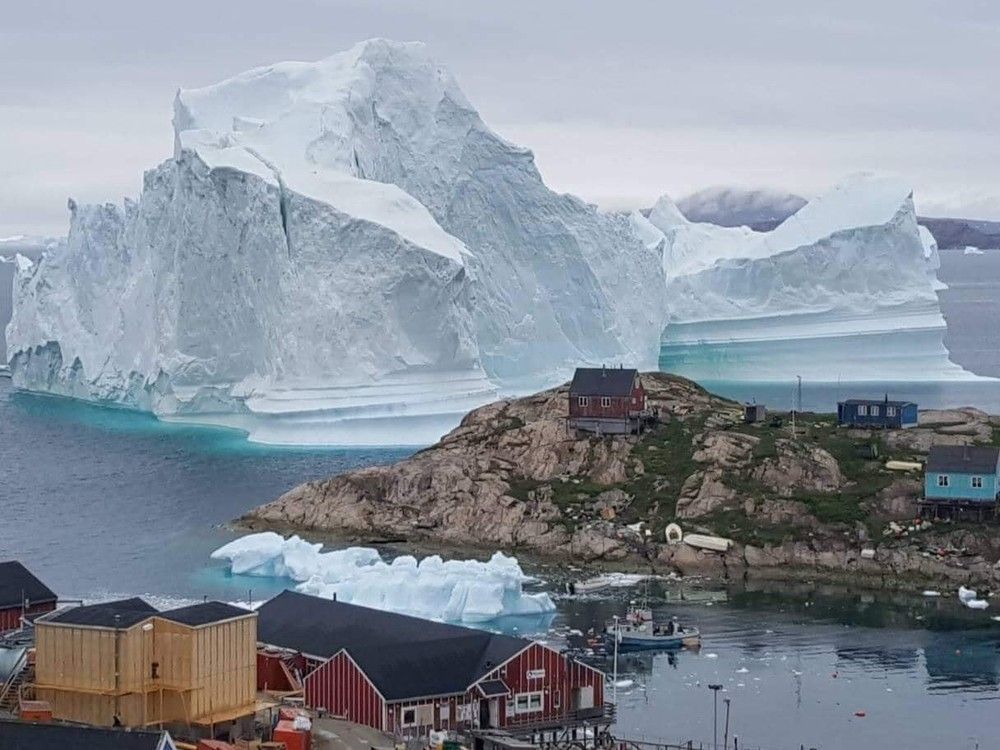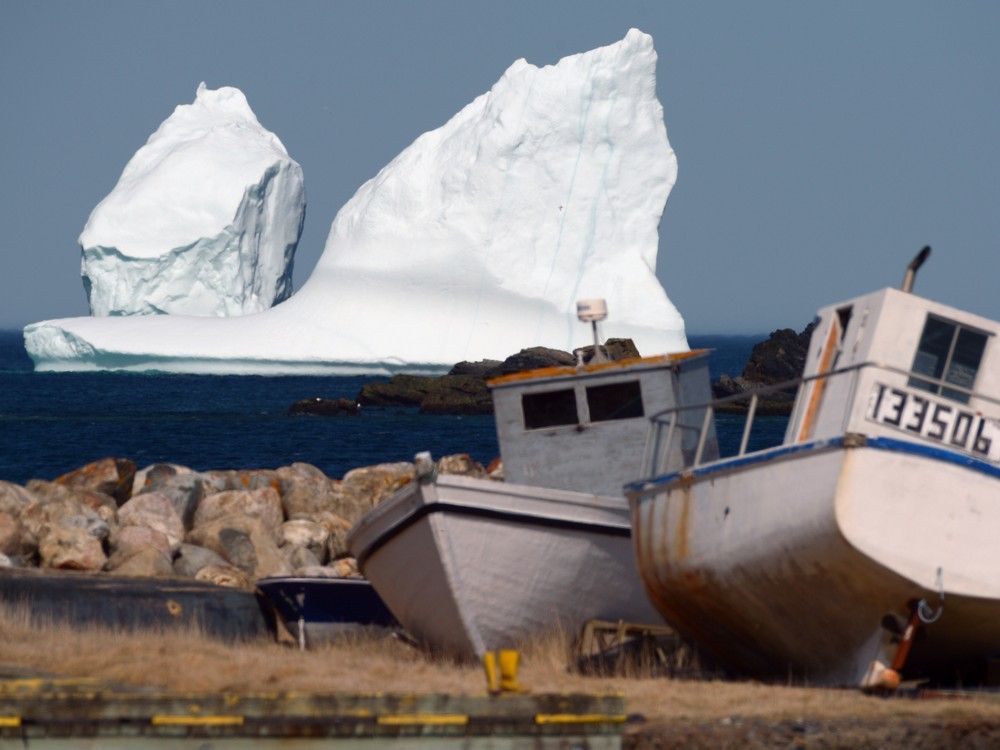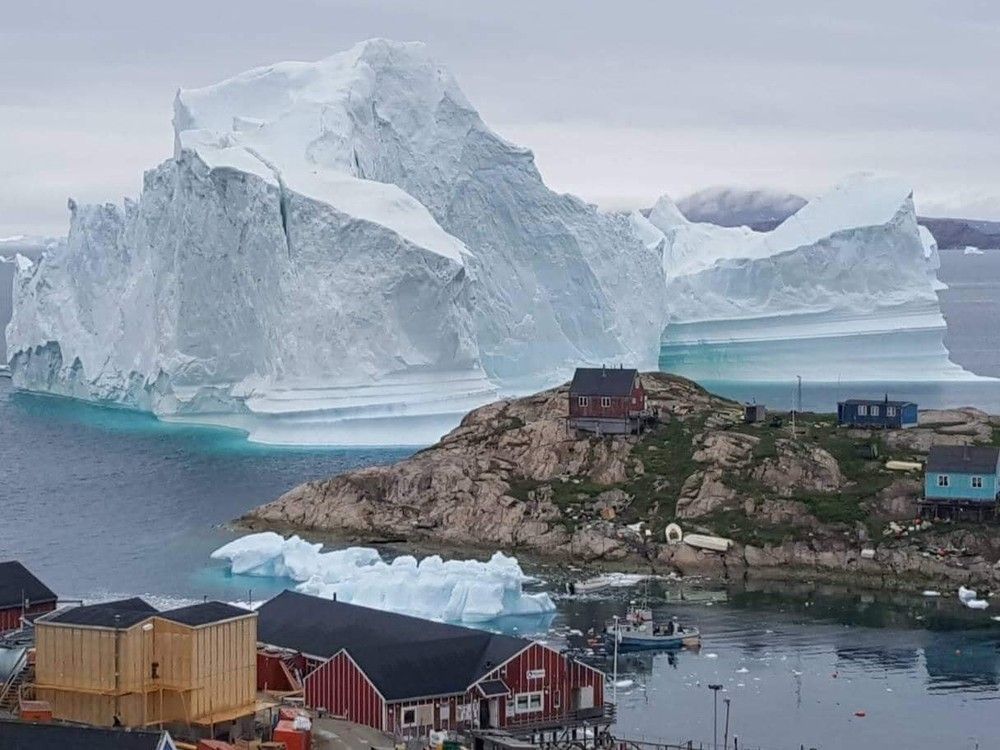
An enormous iceberg is drifting dangerously close to the shore in northwestern Greenland.
The
piece of ice is on a potential collision course with the harbour of Innaarsuit, a village in Greenland’s Avannaata Municipality.
It originally sidled up to the village last week, but seemed to have drifted away before reappearing on Monday and remaining precariously close.
Local authorities have issued warnings to residents as the iceberg sits near the Royal Greenland fish factory and the local grocery store. People have been advised to take care when in that part of the community.
Emergency services are encouraging families not to go in a group towards the store. They are also asking people who have difficulty walking to be extra careful. The fish-processing factory has been temporarily closed.
Meanwhile, locals have been advised to be careful when sailing to or from the settlement.
While some residents are concerned, others are
by the rare and dramatic sight.
What can be done with large icebergs that threaten coastal communities?
There are few options for dealing with threatening icebergs. One of the main concerns with a large iceberg is that it will “calve” (split), with pieces falling into the ocean, resulting in large waves that will swamp nearby coastal communities.
As a result, authorities monitor icebergs for cracks and holes that may result in calving.
The first line of defence is for nearby residents to evacuate. That
, when this same Greenlandic community was similarly threatened.
Other options have been considered but remain experimental. They involve explosives to break up the iceberg and towing. These tactics present monumental challenges.
The
says aside from difficulty involved in successfully getting onto an iceberg, demolition would require “a 1,000 lb. charge of conventional explosives…to break up approximately 70,000 cubic ft of ice (an iceberg weighing 1,960 tons).” Further, a hundred of these charges would be needed to destroy an average iceberg, (presumably more for the mammoth berg threatening Innaarsuit at this time).
Melting a medium-sized iceberg of 100,000 tons would theoretically require heat from the “combustion of over a quarter of a million gallons of gasoline” says the Coast Guard.
“Such methods are, of course, economically, as well as practically unsound.”
How common are icebergs?
Icebergs drift south after calving from Arctic and western Greenland glaciers. They are
in spring-early summer. Transported by Atlantic Ocean currents to waters off Greenland, Newfoundland and Labrador, as well as Cape Breton Island, they eventually melt in somewhat warmer southern climes. An iceberg that drifts south rarely lasts more than a year.
Icebergs flow at speeds of up to seven kilometres a year, first floating in Arctic bays before passing into the Labrador Current and south into what is known as “
.”

Every year about 40,000 medium to large icebergs calve from glaciers but only 400-800 make it as far south as St. John’s. However, those numbers can vary greatly from year to year based on temperature, ocean current, wind direction and sea/pack ice.
Often huge, ninety per cent of an iceberg sits below the ocean surface.
Our website is the place for the latest breaking news, exclusive scoops, longreads and provocative commentary. Please bookmark nationalpost.com and sign up for our daily newsletter, Posted, here.
